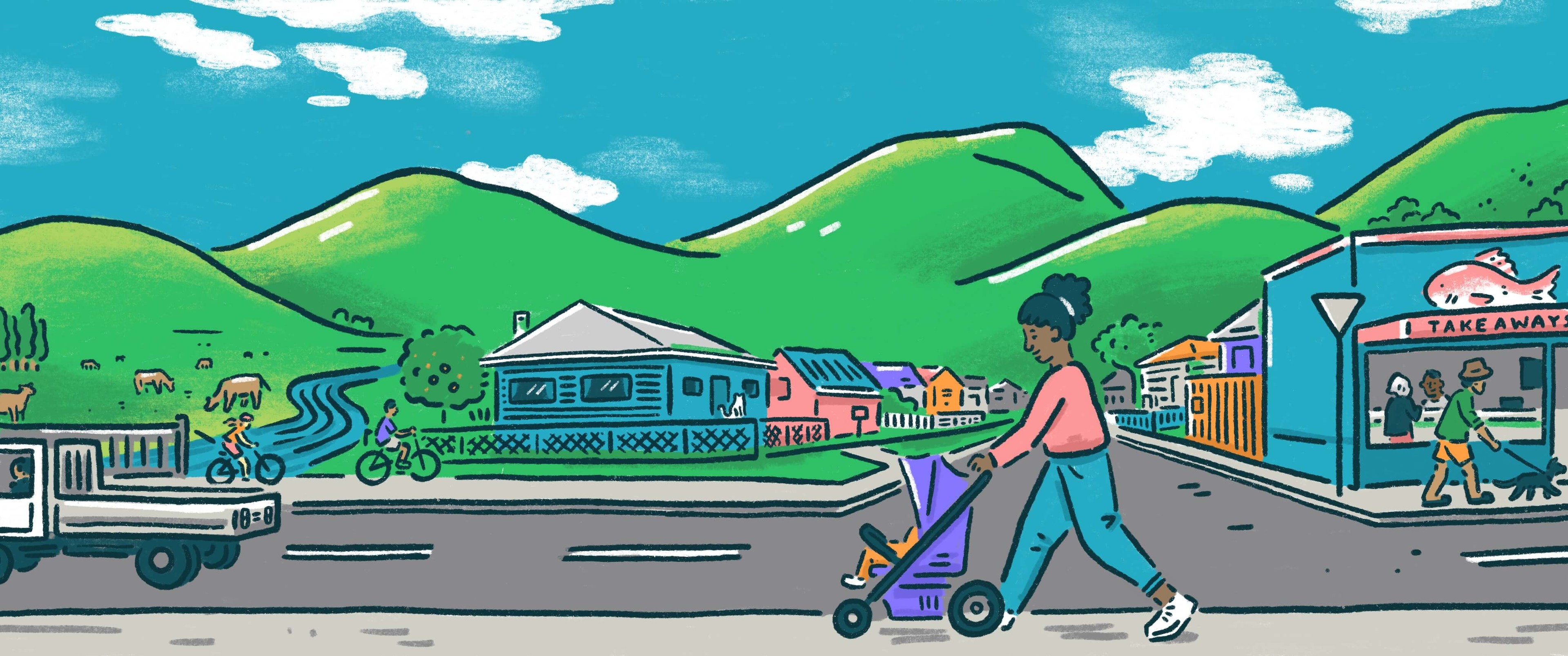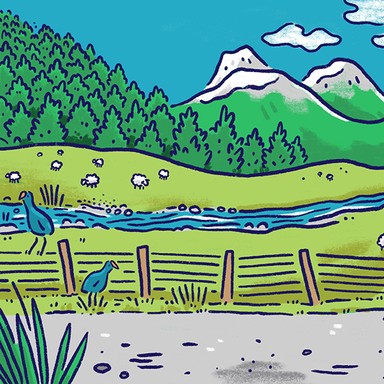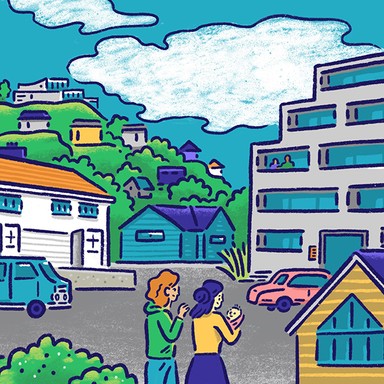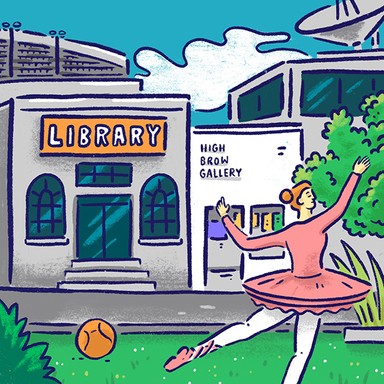
Hauraki District Council

Transport
Helping communities get from A to B is a key responsibility of local government, from making sure the buses run on time to providing car parking and walking and cycling paths. Whether public transport is the responsibility of the regional or local council depends on where you are in the country. Local councils also own 87% of New Zealand’s roads.

Transport
Helping communities get from A to B is a key responsibility of local government, from making sure the buses run on time to providing car parking and walking and cycling paths. Whether public transport is the responsibility of the regional or local council depends on where you are in the country. Local councils also own 87% of New Zealand’s roads.
Provide safe footpaths and cycle lanes where appropriate to encourage walking and cycling, especially close to schools.
Improve our footpaths, ensuring they are mobility scooter friendly.
Work with regional council for good local public transport links for our towns. Build more electric vehicle charging infrastructure in our towns.
Improve known danger spots like the Waitawheta Bridge area. Work with Waka Kotahi to reduce the speed limit coming into Waihi from Paeroa.
Improve and widen footpaths to become shared paths/cycleways. Encourage walking and cycling as modes of transport.
Increase safety improvements on rural roads such as widening, turning medians, barriers, and marking.
Reduce speed on residential roads to encourage safety for pedestrians, including installing chicanes, marking, speed bumps.
Provide safe footpaths and cycle lanes where appropriate to encourage walking and cycling, especially close to schools.
Improve our footpaths, ensuring they are mobility scooter friendly.
Work with regional council for good local public transport links for our towns. Build more electric vehicle charging infrastructure in our towns.
Improve known danger spots like the Waitawheta Bridge area. Work with Waka Kotahi to reduce the speed limit coming into Waihi from Paeroa.
Improve and widen footpaths to become shared paths/cycleways. Encourage walking and cycling as modes of transport.
Increase safety improvements on rural roads such as widening, turning medians, barriers, and marking.
Reduce speed on residential roads to encourage safety for pedestrians, including installing chicanes, marking, speed bumps.
Mayor
Compare the mayoral candidates in your area
Local council
Compare the candidates for your city or district council
Regional council
Compare the candidates for your regional council
Local board
Compare the candidates for your local or community board







